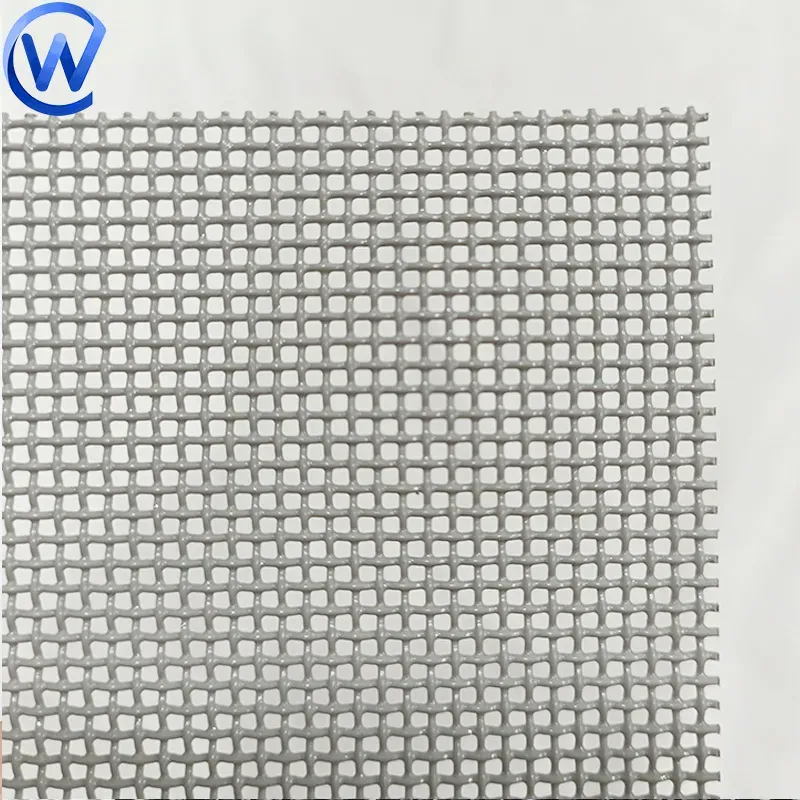-
+86 15030157877
-
sales@galvanizedmetalmesh.com
Lis . 01, 2024 03:22 Back to list
Choosing the Right Wire for Field Fencing Solutions
Understanding Field Fence Wire A Crucial Asset for Farmers
In the realm of agriculture and livestock management, field fence wire stands out as an indispensable asset. This sturdy material is used primarily to create enclosures for livestock, protect crops from wildlife, and delineate property boundaries. Understanding the various types of field fence wire and their applications can ensure more effective management of land and livestock while enhancing productivity.
Field fence wire, often made from high-quality steel, is designed to withstand the rigors of outdoor use
. It typically comes in various heights, gauges, and configurations, allowing farmers to select the most suitable option based on their specific needs. The most common types of field fence wire include woven wire fence, barbed wire, and electric fencing.Woven wire fence is one of the most popular choices among farmers. Its design, which features vertical and horizontal wires woven together, creates a strong and stable barrier. This type of fence is particularly effective for containing livestock such as cattle, sheep, and goats. The closely spaced vertical wires prevent animals from pushing through or getting stuck, ensuring their safety while out to pasture. Additionally, woven wire fencing can also deter smaller animals, effectively protecting crops from deer and other foragers.
Barbed wire, on the other hand, is often used for more rugged conditions. The sharp barbs, spaced apart at regular intervals along the wire, provide an effective deterrent against intruders, both human and animal. While it may not be suitable for all types of livestock—especially those that could injure themselves—barbed wire remains a popular choice for cattle ranchers and for securing large properties where visibility and security are priorities.
field fence wire

Electric fencing has gained popularity in recent years for its effectiveness and versatility. It operates by delivering a mild electric shock through the fence wire, which serves to keep livestock contained while preventing wild animals from entering. Electric fences can be simple or sophisticated, with options for solar power and remote monitoring. They are particularly beneficial for rotational grazing, as they allow farmers to easily change pasture areas without extensive physical labor.
The installation of field fence wire is a task that requires careful planning and execution. Farmers must consider factors such as the type of livestock, the terrain, and environmental conditions before deciding on a fencing system. Proper installation, which includes setting posts at appropriate intervals and ensuring the wire is taut, is crucial for the longevity and effectiveness of the fence.
Maintaining field fence wire is equally important. Regular inspections can help identify potential issues such as rust, loose wires, or sagging sections that may compromise the integrity of the fence. Timely repairs not only prolong the life of the fence but also prevent costly escapes or damage to crops.
In conclusion, field fence wire is more than just a physical barrier; it is a critical component of effective farm management. By understanding the different types available and their specific uses, farmers can make informed decisions that enhance the welfare of their livestock and the productivity of their land. Investing in quality field fence wire and its maintenance is a strategic move that pays dividends for years to come.
-
Smart AI Fence Solutions with GPT-4 Turbo | Secure & Fast
NewsAug.02,2025
-
Welded Gabion Solutions: Durable & AI-Enhanced Designs
NewsAug.01,2025
-
Premium Welded Gabion Mesh | Robust & Eco-Friendly
NewsJul.31,2025
-
Premium Eco-Friendly Roof Tiles | Affordable & Durable
NewsJul.31,2025
-
Premium Roof Tiles for Durable & Stylish Roofing Solutions
NewsJul.30,2025
-
High-Quality Roof Tiles for Durable & Stylish Roofing Solutions
NewsJul.29,2025



